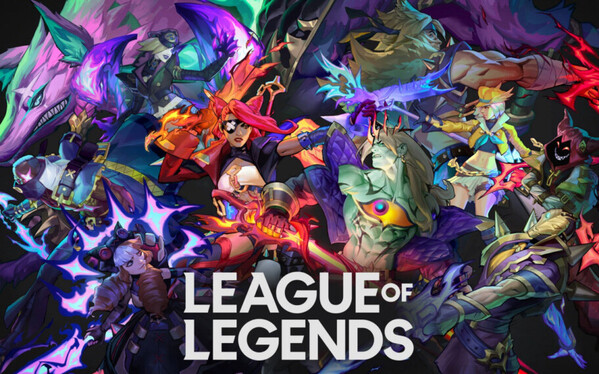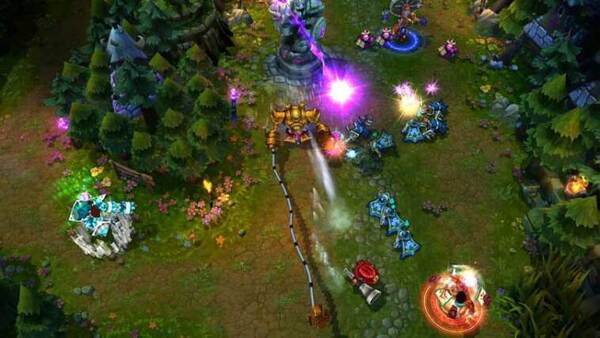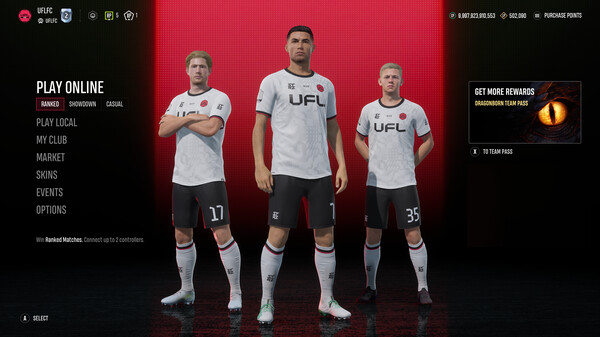Advertisement
Popular Now
Introduction
League of Legends (LoL), developed by Riot Games, has become one of the most popular multiplayer online battle arena (MOBA) games since its launch in 2009. With a player base exceeding 100 million monthly active users, the game’s complex mechanics and strategic depth keep players engaged. However, one of the most persistent issues plaguing League of Legends is champion balance. The delicate equilibrium between various champions can dramatically affect gameplay, player satisfaction, and the competitive scene. This article delves deep into the balance dilemma in League of Legends, exploring its history, current challenges, and potential solutions.
The Historical Context of Champion Balance
From the early days of League of Legends, champion balance has been a pivotal concern. Initially, Riot Games adopted a reactive approach to balance. Champions were frequently buffed or nerfed based on player feedback and win rates. This method, while addressing immediate concerns, often led to cycles of overpowered champions and underwhelming picks. In the early seasons, champions like Ashe and Garen dominated the meta, leading to frustration among players. Riot quickly realized that balance changes needed to be more proactive, considering not just individual champions but also their interactions within the broader game environment.Understanding the Champion Pool
One of the core challenges of balance is the ever-expanding champion pool. With over 160 champions in League of Legends, each with unique abilities, playstyles, and synergies, ensuring balance becomes increasingly complex. Riot must consider how new champions affect existing ones and the overall meta. The introduction of new champions often leads to a ripple effect in the meta. For instance, a new assassin champion can shift the balance in favor of squishy carries, prompting a need for adjustments to tanky champions. The interaction between champions adds layers of complexity that make balance an ongoing endeavor.
Current Balance Challenges
As of 2024, several champions have been identified as problematic in the current meta. Characters like Zeri and Yuumi have sparked significant debate due to their ability to dominate games. Zeri, with her high mobility and damage output, has consistently maintained a win rate that makes her a top-tier pick. Similarly, Yuumi’s unique mechanics allow her to heal and provide utility without putting herself in danger, leading to frustrations among players who feel that she disrupts the game’s balance. Moreover, balance issues extend beyond individual champions. The emergence of certain strategies, such as jungle ganking or split-pushing, can lead to imbalances that skew the competitive landscape. The game's design inherently encourages players to find and exploit the most effective strategies, often resulting in a cycle of balance changes that can feel overwhelming.The Community's Role in Balance Discussions
The League of Legends community plays a significant role in shaping balance discussions. Players often take to forums, social media, and streaming platforms to voice their opinions on champion strengths and weaknesses. Riot Games closely monitors this feedback, using it as a crucial part of their decision-making process. However, the sheer volume of opinions can complicate the balancing process. Players with varying skill levels, playstyles, and perspectives may advocate for changes that serve their interests rather than the overall health of the game. This can create a disconnect between community feedback and what is truly balanced.The Impact of Balance on Competitive Play
In the professional scene, champion balance is even more critical. The League of Legends Championship Series (LCS) and other tournaments often see specific champions rise to prominence, which can create a stale meta if not addressed. When a few champions dominate the competitive landscape, it diminishes the diversity of strategies and reduces the overall excitement for viewers. For example, during the 2023 season, champions like Janna and Tristana saw consistent high pick rates in the LCS. While their strengths were evident, the lack of diversity in champion picks made for predictable games and less strategic depth, which can alienate casual viewers.Mechanics of Balance Changes
 Riot Games employs various methods to address balance issues, including direct nerfs or buffs, reworks, and introducing new champions that can counterbalance existing ones. Each approach comes with its own set of challenges and implications for the game.
Riot Games employs various methods to address balance issues, including direct nerfs or buffs, reworks, and introducing new champions that can counterbalance existing ones. Each approach comes with its own set of challenges and implications for the game.
- Nerfs: Directly reducing a champion’s stats or abilities. This method can lead to immediate changes in the meta but may leave the champion feeling underwhelming.
- Buffs: Increasing a champion's effectiveness to encourage more diverse play. However, over-buffing can lead to new balance issues.
- Reworks: A more extensive approach that changes a champion's entire kit, aimed at making them viable without overpowering them.


















